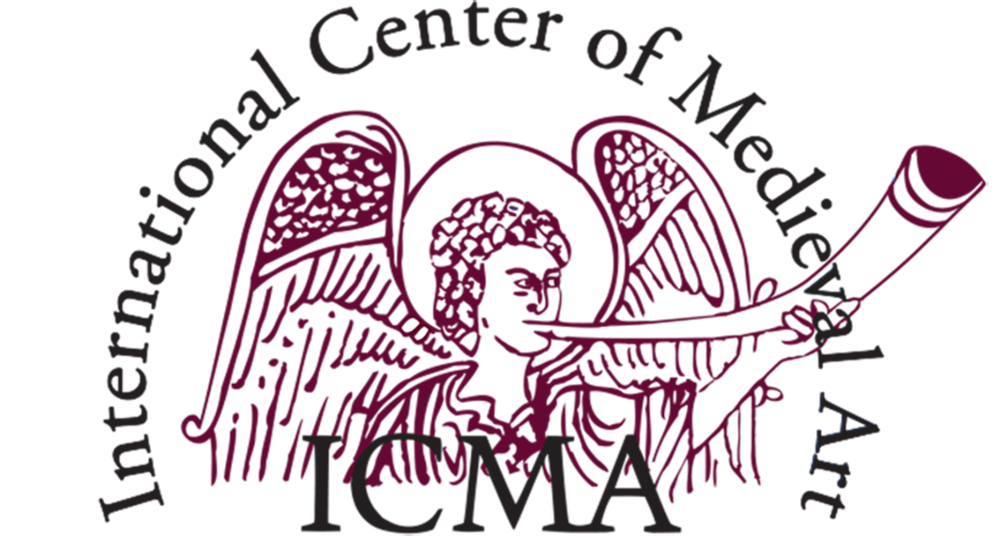ICMA Annual Book Prize
We are delighted to announce the recipient of the 2021 ICMA Annual Book Prize:
Jessica Barker
Stone Fidelity: Marriage and Emotion in Medieval Tomb Sculpture
Boydell Studies in Medieval Art and Architecture, Boydell Press, 2020.
Click here for the Boydell site
Throughout the fourteenth and fifteenth centuries in medieval England, double tomb brass memorials and recumbent effigies of couples supplied far more than monuments to deceased lay patrons or matrons. The double tomb, as Jessica Barker compellingly argues in this first holistic volume devoted to the topic, Stone Fidelity: Marriage and Emotion in Medieval Tomb Sculpture, materializes entangled records of fluid social boundaries during an age of social transformation following the Black Death. These funerary monuments complicate biographical readings as the depicted are diachronically to be counted both amongst the living and the dead, supply the mise-en-scène for grief and public funerary practices, and commemorate multiple marital unions or various forms of homosocial and perhaps even homosexual bonds. Rather than pure funerary monuments, double tombs by their very nature became sites of veneration recalling the exploits of deceased royals, extreme dissonance as surviving spouses witnessed their effigies for up to a generation, and an idealized fantasy of affective devotion, as both pre- and postmortem couples clutched to medieval funerary tradition and often one another. This impeccably researched book offers a pristine model of how a kaleidoscopic, holistic reexamination of medieval funerary practice, and in particular the visual culture of the double tomb, can unveil the affections and aspirations of late medieval men and women, resurrect portions of their lost identities, exemplify the legal bonds of medieval matrimony, and empathetically invigorate the changing theological and socio-political ideals to which these funerary monuments allude.
We thank the ICMA Book Prize Jury:
Eric Ramirez-Weaver (Chair), Péter Bokody, Till-Holger Borchert, Dorothy Glass, and Julie Harris



















